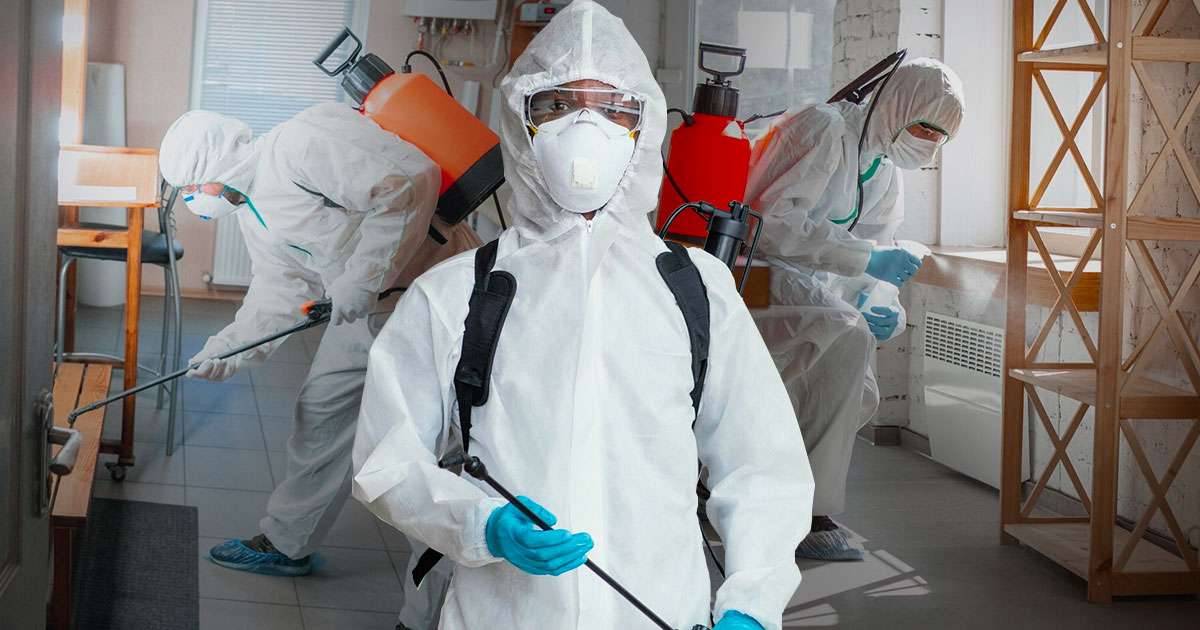How Often Should Pest Control Be Done: A Guide to Maintaining a Pest-Free Home

Protecting your home from pests is important for your safety, not just your peace of mind. Pests like bugs and rodents can carry diseases that can harm you, your family, and your pets. Pest control isn’t just a nice thing to have; it’s necessary. Remember, it’s best to fight pests before they become a problem.
Understanding pest control is important. You need to choose the right products for your home and know how often to use them. I’ll explain how often you should do pest control and what factors to consider. This way, you can keep your home pest-free and safe for everyone.
Exploring Pest Control
Pest control is all about managing unwanted creatures, like bugs or rodents, to reduce the harm they can cause to people and the environment. These pests can harm crops, spread diseases, damage buildings, and disrupt natural habitats. Pest control uses different methods to deal with them.
Chemical control involves using pesticides to kill or keep pests away. Biological control uses the natural enemies of pests to control their populations. Cultural control changes human practices or farming methods to discourage pests. Mechanical control uses physical tools like traps to catch pests.
Integrated Pest Management (IPM) is a comprehensive approach that combines these methods to minimize harm to the environment. The goal is to find a balance between effective pest control and preserving a healthy ecosystem.
The Pest Control Frequency
The frequency of pest control measures depends on factors like the kinds of pests in your area, the weather, and the size of your home. Here’s a general guideline for how often you should do pest control:
Routine Pest Control
Keeping your home free from pests requires a careful and timely approach to pest control. For routine pest control targeting common household pests like ants, cockroaches, and spiders, experts suggest scheduling treatments quarterly. This regular schedule helps establish and maintain a strong barrier against infestations year-round, while also minimizing unnecessary chemical exposure in your living space.
Bug Spraying
If you’re wondering how often you should spray your house for bugs, a bi-monthly or quarterly schedule is recommended to effectively repel crawling and flying pests. You can adjust this frequency based on the severity of bug-related issues in your area. By paying attention to signs of pest activity, you can customize your bug spraying routine for targeted and efficient defense against these unwelcome intruders. This approach reflects the importance of both effectiveness and environmental awareness in pest control practices.
General Pest Control
When it comes to general pest control, including routine inspections and preventive actions, experts advise a proactive schedule of once every three to four months. This periodic approach acts as a preemptive measure, spotting and tackling potential pest issues before they become major problems. This ensures ongoing protection for your living space while reducing the necessity for reactive and intensive treatments.
Fumigation
Fumigation is a potent pest control method, usually reserved for severe infestations. If you’re wondering how often to fumigate your house, experts recommend a range of every 1–5 years, depending on the severity of the pest problem. This less frequent but powerful treatment is designed to eliminate persistent pests thoroughly and cleanse the living environment.
It’s crucial to adjust these recommendations based on your circumstances. Factors like climate change, nearby construction, or green spaces can affect pest activity. Regularly assess your surroundings and consult with pest control professionals for personalized advice.
Cost of Pest Control
The cost of pest control services can vary widely depending on several factors, including the type of pest, the extent of the infestation, the size of the property, and the method of pest control used. Here are some general guidelines to provide an overview of potential costs:
- Type of Pest: The specific pest you’re dealing with determines the cost. Common pests like ants may be cheaper to treat than termites or bed bugs.
- Extent of Infestation: The severity of the pest problem influences the cost. Minor infestations cost less to treat than severe ones.
- Property Size: Larger properties require more time and resources to inspect and treat, affecting the overall cost.
- Type of Treatment: Different methods have different costs. Routine pesticide treatments may be cheaper than fumigation or heat treatments.
- Frequency of Service: One-time treatments cost differently from ongoing maintenance. Preventive treatments may have a different pricing structure than emergency interventions.
- Professional Reputation and Location: Established companies or those in certain regions may charge higher fees. Reputation and location can impact service costs.
Before choosing a pest control company, it’s smart to get quotes from multiple providers. Make sure they inspect your property and give you detailed estimates tailored to your situation. Also, ask about any guarantees or warranties they offer for their services.
On average, one-time pest control treatments may range from $250 to $675 or more, while ongoing services or more complex treatments can cost several hundred to over a thousand dollars. Keep in mind that these are general estimates, and actual costs may vary based on the factors mentioned above.
How Often Should Pest Control Be Done?
To effectively eliminate pests from your home, it’s essential to be proactive and organized. Incorporating tasks like regular cleaning, general pest control measures, and periodic fogging into your routine can help determine the appropriate frequency for pest control. Stay vigilant for signs of pests, adjust your plan accordingly based on changing circumstances, and consider seeking advice from pest control professionals for tailored recommendations. They can provide valuable insights into maintaining a balance between a comfortable living environment and effective pest prevention.

